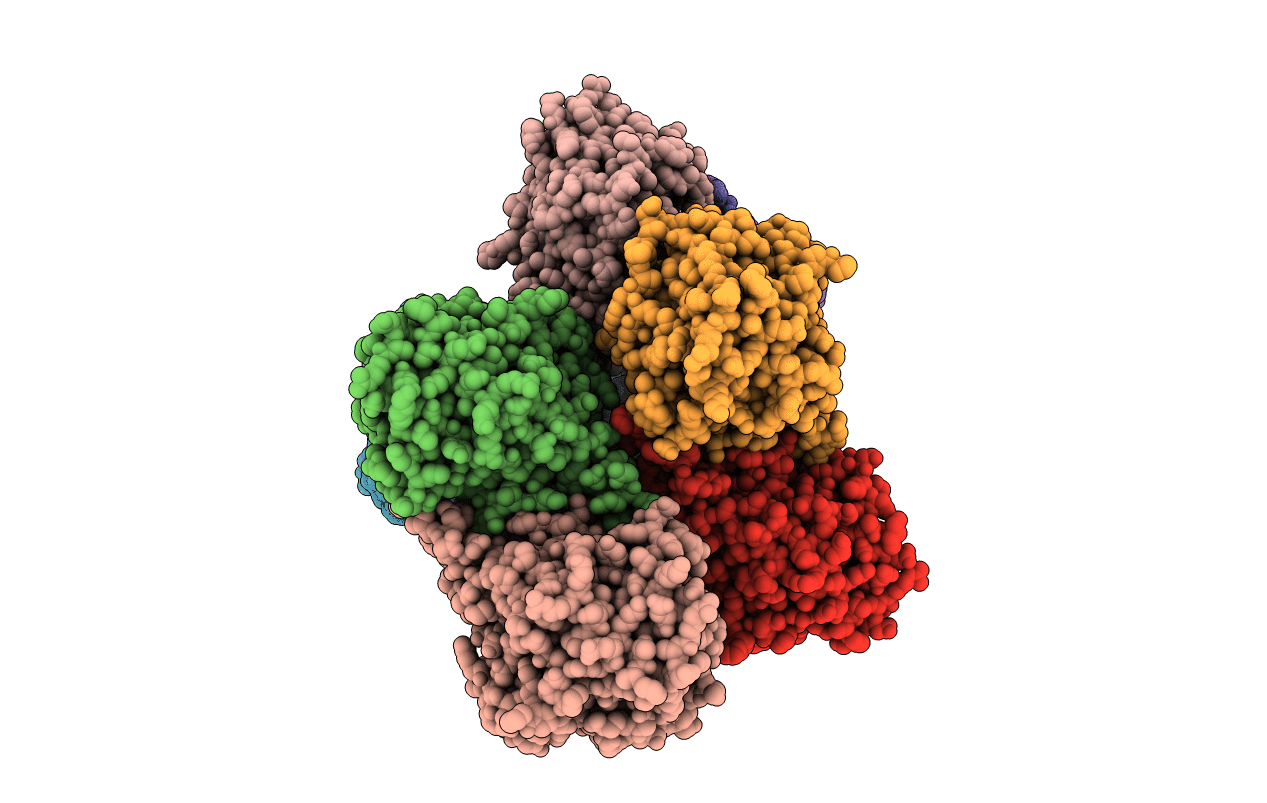
Deposition Date
2013-05-14
Release Date
2013-11-27
Last Version Date
2023-09-20
Entry Detail
Biological Source:
Source Organism:
Physcomitrella patens (Taxon ID: 3218)
Host Organism:
Method Details:
Experimental Method:
Resolution:
3.35 Å
R-Value Free:
0.21
R-Value Work:
0.20
R-Value Observed:
0.20
Space Group:
P 21 21 21


